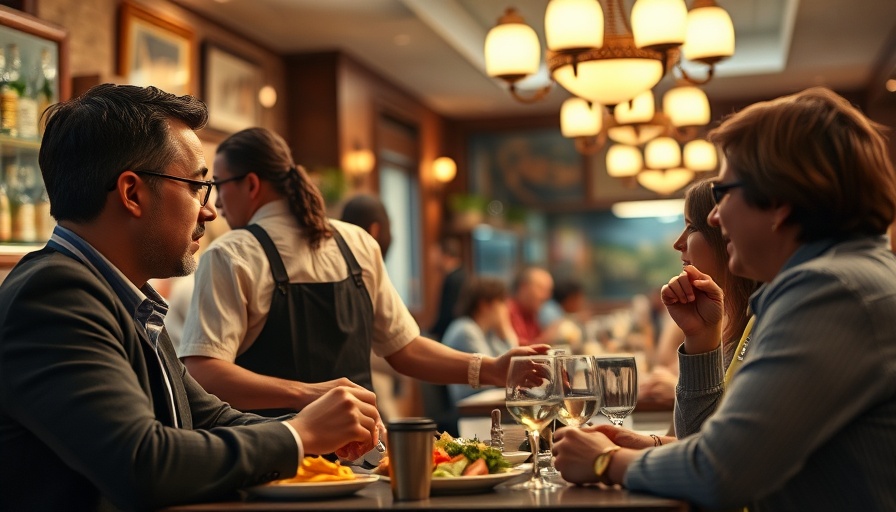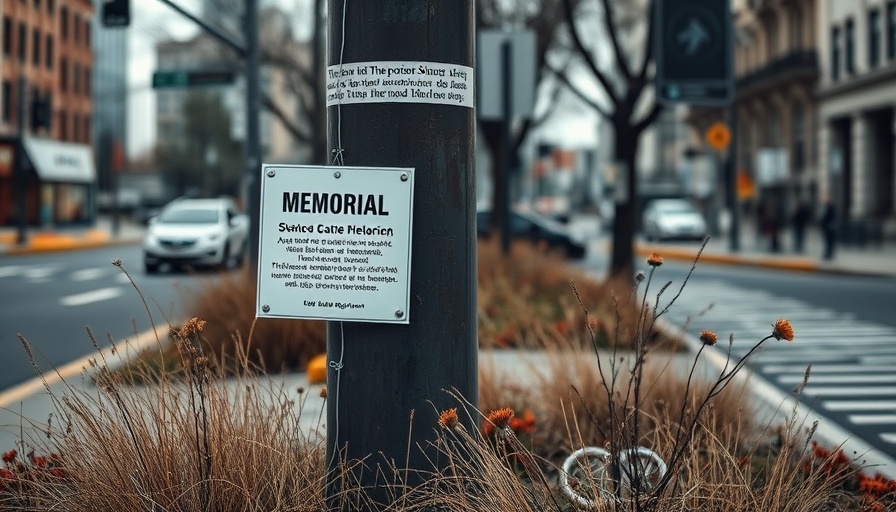
Aging in the Berkeley Hills: A Closer Look
The Thousand Oaks neighborhood, nestled in the scenic Berkeley Hills, is strikingly described as the fastest-aging area within the Bay Area. Between the years 1980 and 2023, the median age of residents here has skyrocketed from 37 to 55 years, illustrating a significant demographic shift. In fact, one-third of the local population has now reached retirement age, underscoring an undeniable trend where this once thrived area is quietly reshaping its identity.
The Implications of an Aging Community
This change in demographics brings with it unique challenges and opportunities. The rising median age can lead to a deeper sense of community, as older residents often seek connectivity and support networks among their peers. However, it also creates pressing needs for services geared towards elderly care, community engagement, and even housing modifications to accommodate aging in place. As these residents look for ways to maintain their independence and quality of life, local organizations and government services may need to pivot to respond more effectively to these shifts.
Audit of Berkeley’s Homeless Response Team: Insights and Improvements
Amidst the reconfiguration of the Berkeley Hills community, another of the city’s pressing concerns has been identified: the operational efficiency of the Homeless Response Team. An audit conducted by the city has revealed shortcomings in coordination procedures and data practices. This is crucial, given that these systems directly affect the support offered to the homeless population and ultimately determine the effectiveness of outreach efforts. As the city focuses on enhancing these operational methods, it could mean more immediate and targeted assistance for those in need, fostering a more empathetic and responsible community.
The Voices of the Community
In tandem with these demographic changes and infrastructural evaluations, the voices of Berkeley’s community members are also rising. Notably, students and faculty from UC Berkeley’s School of Social Welfare recently held protests against the layoffs of practicum consultants within the department. This highlights a growing concern over maintaining the quality of social services amid budgetary constraints. The intersection of educational and social welfare issues amplifies the conversation about community resilience and the need for stronger institutional support.
Looking Ahead: Building a Connected Community
As we witness the transformation of neighborhoods like Thousand Oaks, it becomes increasingly important to think about the kind of community Berkeley wants to foster moving forward. Individuals who are actively involved in grassroots initiatives, such as the preservation of community resources and enhancing social networks, will play an essential role in shaping the future. To ensure a connected community, it will be crucial for residents and local leaders to collaborate holistically, creating spaces and programs that celebrate both the richness of aging and diversity, and innovation.
The sheer warmth and spirit of a community have the power to create a nurturing environment, regardless of age. Understanding these transitions invites us to be proactive, thoughtful, and compassionate in shaping a Berkeley Hills that thrives for all generations.
 Add Row
Add Row  Add
Add 




Write A Comment